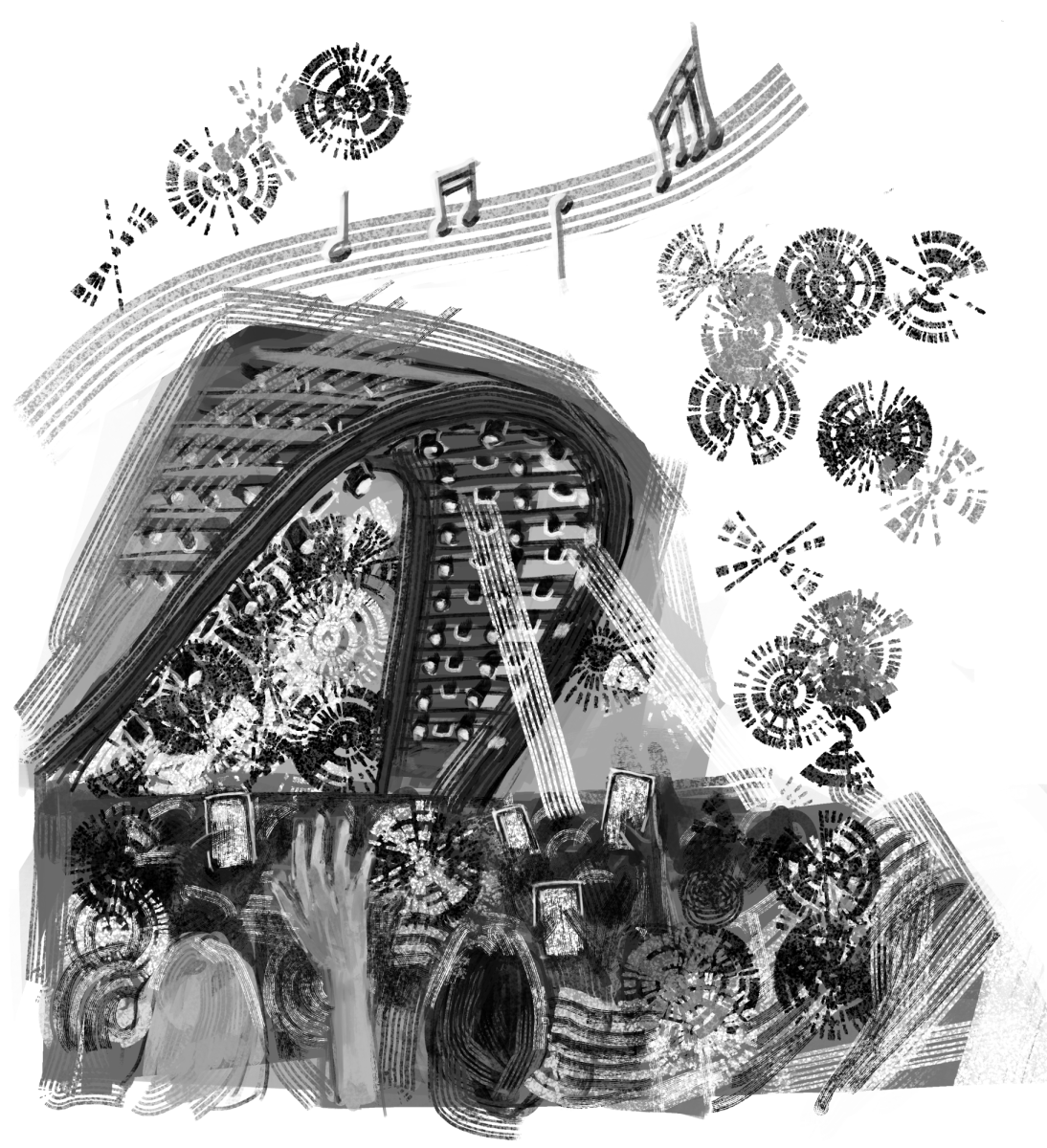With 18.5 million views in just four days, whilst debuting at number one in 46 different countries, this new Netflix live-action adaptation is an absolute hit. The series has reached “Breaking Bad” levels of engagement—a near-impossible task for most TV productions. The well-received American series is based on a bestselling Japanese comic by the same name, “One Piece.”
The history of live-action anime and manga adaptations has been rocky, and that’s saying the absolute least. From a lukewarm response to the “Fullmetal Alchemist” (2017) live-action to one of the worst productions ever created in “Dragonball Evolution” (2009), this form of media never has had much success in American cinemas.
These letdowns lead starkly different lives when compared to original anime films reaching the same clientele. Big names like “Spirited Away” (2001) and “Your Name” (2016) both possess Rotten Tomatoes ratings above 95 percent. So, when compared to its predecessors, what makes “One Piece” so different?
Well, it might be the series’ outrageous budget. With approximately $138 million spent on the first season, “One Piece” is one of the most expensive TV shows ever created. These numbers come as no surprise, considering how Netflix is backing this lucrative piece of fiction. “One Piece” outclasses the low costs of its adaptation predecessors and its quality was certainly a product of the budget.
One of the primary effects of this budget is the otherworldly computer-generated imagery. In a universe where characters morph their fists into fire and ice or balloon themselves to the size of literal islands, anything less than a perfect example of modern visual effects would be a disservice to the adapted work. Character effects make the protagonist, Luffy (and his stretchy abilities), look powerful instead of comedic, and movie-quality monsters more frightening.
The impact of manga-accurate, clean effects is an increase in total immersion for its audience. Manga adaptations often suffer from low-quality imaging that often cannot truly capture the feel of the original work, whereas “One Piece” can seduce diehard fans whilst hooking new ones because of the world it creates.
Enhancing the incredible world created through technology is the next-level set design. Environments are built using props and remade to be unnervingly identical to the manga’s design, pushing the limits of what a background can achieve when fantastical and accurate to the original interpretation. However, perhaps an even bigger factor in this adaptation’s success was its casting choices.
Rather than hiring Japanese actors who may have not gained as much overseas traction, the production focuses on an English-speaking cast that still echoes the narratives of each character. Big-name stars like Mackenyu were put in lead roles, but the source of all casting decisions came directly from Eiichiro Oda, the creator of the “One Piece” manga. In that sense, the fantastical setting of “One Piece” becomes advantageous by not taking place in Japan (atypical of manga), nor on our Earth. This allows for more creative liberty when picking the cast and results in a faithful remake of the source material, where actors represent each character as the author intended. “One Piece” is a one-to-one replica of the manga from the characters’ personalities to their theoretical national background.
“One Piece,” despite possessing many redeeming elements, is still the product of adapting two-dimensional work and is thus not without its fair share of hiccups. Character lines can feel stale and empty without the cartoony aesthetic of the comics, and tropes such as catchphrases, backstories, and each character’s grand dream can come across as forced. Additionally, the live-action anime medium is not for everyone. However, if the blinding success of “One Piece” indicates anything, it’s that the many risks associated with this medium are outweighed by this production alone. “One Piece” will no doubt serve as the new standard of quality, raising the bar for all live-action TV productions in the coming future.








